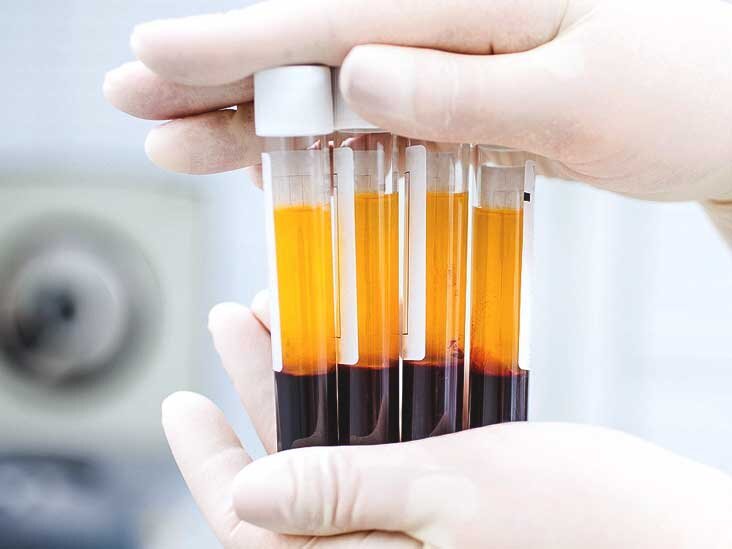
Image Credit: Stubbs Dental
“Our greatest happiness does not depend on the condition of life in which chance has placed us, but is always the result of a good conscience, good health, occupation, and freedom in all just pursuits.”
– Thomas Jefferson
Medical science, like all other sciences, is an evolving field. Within the fields of orthopaedics and sports medicine, traditional medicinal practices are being utilized along with more unconventional methods of treatment, that utilize the body’s own mechanisms to optimize the healing of an individual. As the potential of biologics continues to emerge, the future of the utilization of these therapies will continue to dominate. One such therapy is the utilization of platelet rich plasma (PRP). The applications of PRP are starting to emerge within the orthopaedic realm. As an enhancer of cartilage repair and regeneration, its utilization is becoming a standard in orthopaedic care.
While initial phases of the understanding of the mechanisms of action of PRP were somewhat unknown, there is a current emergence of the various interactions that enable PRP to achieve its objectives of healing and regeneration in a human biological system. As higher quality information is available, the proof of PRP effectiveness is actually being validated. Studies focused on this report are those dedicated to the understanding of the efficacy of PRP in the treatment of articular cartilage injury. This injury is one of those conditions that is identified during the degenerative process that is induced by osteoarthritis (OA).
During the progression of OA, there are various mechanisms at play that result in the altering of various biological parameters. With these internal changes, the relevant regulation of compounds such as cytokines and various enzymes is affected. PRP as a treatment is one that is able to counteract these conditions, and ultimately result in the restoration of the appropriate balance of these internal factors, and enable the joint to sustain itself and restore. As pre-clinical studies and clinical trials are optimized in terms of technology and focus, the effectiveness of PRP and its direct mechanisms of action will be well known.
OSTEOARTHRITIS
Osteoarthritis as a condition is one that affects the knees mostly, and is attributed to the loss of articular cartilage. Affecting up to 4% of the globe at any one time, there is a need to ensure that the healing of this condition can be optimized. With longevity on the rise, mobility of the human population will be one thing that persons will want to factor into their quality of life. Biologic utilization in the treatment of OA aims to minimize the inflammatory processes that take place during arthritis, that cause the articular cartilage to be affected. To ensure that articular cartilage is restored, it will be important to ensure that critical parameters are sustained. These are the anabolic and catabolic factors. PRP does well in the balancing of these two.
PRP IMPACT ON OA
PRP is obtained via centrifugal processes, and involves the extraction of the platelets from the bloodstream. Within these concentrated solutions of PRP, are the various healing components that will facilitate the restoration of the articular cartilage. This includes the increased concentration of growth factors and proteins. When concentrated in a location such as the knee, and injected to a healing site, these components will then enhance the regeneration of the tissues. Articular cartilage is degenerated in the OA progression, while PRP counteracts its mechanism of action via: inhibiting the catabolic cytokines of IL-1β and TNF-α, and by promoting factors associated with cartilage matrix synthesis including fibroblast growth factor, transforming growth factor-β (TGF-β), and others.
As a modulator of the inflammatory processes, PRP has proven its effectiveness in controlling the process. Further details of the mechanisms of action are outlined in the second reference of this article. The process is a very detailed multi-step regulatory process that involves a series of interactions between the PRP and various elements in the cellular matrix.
PRP is incorporated into a multitude of treatment strategies in the treatment of OA. These include operational utilization via grafting mechanism, or the incorporation of the treatment in a non-operative manner via injections. As the demand for biologic treatment increases, the PRP methodology will be a factor that will be increasingly utilized in the minimization of the impacts of OA. As a regenerative therapy, it will be one of those treatments that has dual purposes. Various pharmaceutical preparations modes of PRP are under study, and the findings and efficacy being documented for future use. These include preparations such as fibrin glue or gel, inactivated leukocyte-poor PRP, and leukocyte-rich PRP. The preparations have been tested in both a pre-clinical and clinical application.
Clinical Applications of PRP have been a medical focus for the past twenty years and continue to be a benefit to the treatment of OA. As varieties of PRP preparations have become standard and are proving their efficacy, the utilization will only go up. As PRP aims to restore the articular cartilage via mitigating and balancing the inflammatory and catabolic environments in a site, the hope is that a deeper understanding of how this occurs will be finalized during studies.
The future of PRP utilization is definitely one that will be a focus for many more decades to come. Once the establishment of robust clinical trials and improvement in reporting standards is established, the appropriate escalation to clinical trials will be facilitated.
References:
- The Role of Platelet-Rich Plasma in Cartilage Pathology: An Updated Systematic Review of the Basic Science Evidence: https://bit.ly/3lugXAC
- Platelet-Rich Plasma and Cartilage Repair: https://bit.ly/3nDJx4


